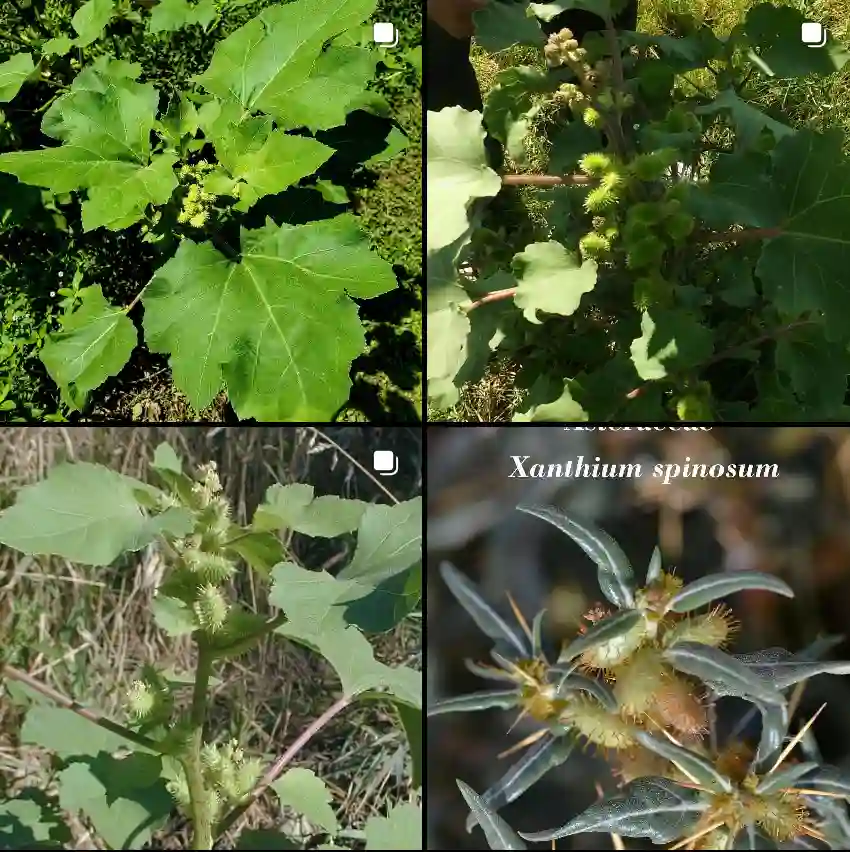
Tamarind – Tamarindus Indica: A Tangy Tale of a Tropical Treasure
Tamarind, scientifically known as Tamarindus indica, holds a special place in my heart and kitchen. This tropical wonder, with its tangy flavor and versatile uses, has shaped culinary traditions and herbal remedies across the globe. My fascination with tamarind stems from its multifaceted nature—its role in cooking, traditional medicine, and even landscaping. Here’s a dive into my experiences and reflections on this remarkable tree.
The Tree of Tangy Delight
Tamarindus indica is not just a tree; it’s a testament to nature’s abundance. Growing up to 80 feet tall with a wide canopy, it is as majestic as it is useful. Its dense foliage and distinctive pods make it a standout in any landscape. I’ve always admired its resilience—thriving in the most arid conditions while providing shade, sustenance, and life.
The tree’s pods are its most notable feature. Encased within a brittle shell lies the tamarind pulp, a sticky, tangy treasure that is a staple in kitchens worldwide. The seeds, often overlooked, are equally fascinating. Their glossy appearance and tough exterior are a stark contrast to the softness of the pulp they protect.
Culinary Versatility
When I think of tamarind, the first thing that comes to mind is its unique flavor profile. It’s a perfect balance of sweet and sour, with a depth that elevates any dish. In my kitchen, tamarind is a staple. From savory curries to refreshing beverages, its uses are endless.
One of my favorite ways to use tamarind is in a simple chutney. Mixing the pulp with jaggery, chili, and a pinch of salt creates a condiment that pairs well with everything from samosas to roasted vegetables. Another favorite is tamarind water, a quick infusion of pulp that brings a tangy brightness to soups and marinades.
Tamarind is also a key ingredient in global cuisines. I’ve enjoyed it in Thai pad Thai, Mexican candies, and Indian sambar. Its adaptability across cultures is a testament to its universal appeal.
Medicinal Marvel
Tamarind isn’t just about flavor—it’s also a powerhouse of nutrition and healing. Rich in vitamins, minerals, and antioxidants, it has been used in traditional medicine for centuries. Growing up, I often heard elders talk about tamarind’s cooling properties and its ability to aid digestion. A glass of tamarind juice was the go-to remedy for a hot summer day or an upset stomach.
Scientific studies validate these traditional claims. Tamarind is known to help with everything from improving heart health to boosting immunity. Its high tartaric acid content gives it antioxidant properties, making it a natural detoxifier.
For me, tamarind tea is a ritual during seasonal changes. Boiling the pulp with ginger and honey creates a soothing drink that keeps colds and coughs at bay. It’s a simple yet effective way to harness the tree’s medicinal potential.
Sustainability and Utility
One of the things I admire most about Tamarindus indica is its sustainability. Every part of the tree has a use. The wood is sturdy and termite-resistant, often used in furniture making. The leaves and bark are rich in tannins, useful in dyeing and leather processing. Even the seeds, often discarded, are ground into flour or used in adhesives.
In my own gardening practices, tamarind has taught me a lot about resourcefulness. It requires minimal water and care, yet it provides shade, enriches the soil, and attracts wildlife. Planting a tamarind tree is an act of giving back to the environment—something I’ve always found deeply rewarding.
A Personal Connection
Tamarind has also been a cultural connector for me. It’s a fruit that tells stories—of markets bustling with sellers cracking open pods, of kitchens where tangy aromas waft from simmering pots, and of childhood memories of savoring its raw pulp sprinkled with salt and chili.
Every time I work with tamarind, I’m reminded of its journey from tree to table. Its tang is more than a taste; it’s an experience—a vibrant mix of history, culture, and nature’s generosity.
FAQs
What does tamarind taste like?
I find tamarind to taste like a mix of sour citrus and caramel, which adds a delightful zing to both savory and sweet dishes.
How to eat tamarind?
To eat tamarind, I usually break off a piece of the pod, remove the sticky pulp, and either eat it straight or use it in cooking.
How to make tamarind paste?
Making tamarind paste at home involves simmering the tamarind pulp with water until it thickens, then straining it to get a smooth concentrate.
What is tamarind sauce?
Tamarind sauce, which I love in Thai and Indian dishes, combines tamarind paste with ingredients like sugar, vinegar, and spices to create a tangy condiment.
How to make tamarind juice?
To make tamarind juice, I soak tamarind pulp in water, mash it, strain the mixture, and add sugar or honey to taste.
Where to buy tamarind?
I usually buy tamarind from Asian grocery stores or specialty markets, where it’s often available in dried pods, paste, or concentrate form.
Can dogs eat tamarind?
I wouldn’t recommend giving tamarind to dogs, as it can be too acidic for their digestive systems and might cause upset.
How to grow tamarind from seed?
Growing tamarind from seed is an adventure I’ve tried by soaking the seeds overnight, planting them in a well-draining potting mix, and keeping them warm and moist until they sprout.
How to remove tamarind stains from clothes?
Tamarind stains on clothes are a hassle, but I’ve found that pretreating the stains with a mixture of baking soda and water before washing helps to lift the marks.
Is tamarind sauce gluten free?
Tamarind sauce is usually gluten-free, but I always check labels or make it from scratch to ensure there are no hidden gluten-containing ingredients.
Is tamarind safe during pregnancy?
I’ve read mixed opinions about tamarind during pregnancy, but I’d suggest consulting with a healthcare professional to ensure it’s safe for your specific situation.
Tamarind vs Carob
In my experience, tamarind has a tangy, sweet-sour kick that carob can’t quite match—carob tends to be more mellow and subtly sweet, which is nice, but it lacks that zesty punch that tamarind brings to the table.
Tamarind vs Kokum
When I compare tamarind to kokum, I find tamarind’s sourness to be more vibrant and versatile, while kokum offers a unique, more subtle tartness with a hint of sweetness that’s great for certain dishes, but I personally crave tamarind’s more immediate tang.
Tamarind vs Lemon
Tamarind and lemon both pack a punch of sourness, but tamarind’s flavor is more complex and fruity, adding depth to recipes, whereas lemon provides a bright, clean citrus kick that’s hard to beat for its simplicity and freshness.
Tamarind vs Orange
I find that tamarind and orange serve different flavor profiles—tamarind’s deep, tangy essence gives a savory punch to dishes, while oranges offer a bright, sweet citrus flavor that’s perfect for adding a touch of sweetness without the tangy complexity of tamarind.
Tamarind vs Soy Sauce
In my kitchen, tamarind and soy sauce both bring umami, but tamarind’s tanginess adds a distinctive sour note that soy sauce can’t replicate, making it ideal for recipes that need a hint of sourness alongside umami richness.
Tamarind vs Tajin
Tamarind and Tajin both add a unique flavor to dishes, but I find tamarind’s pure tangy sweetness offers more versatility, while Tajin’s blend of chili, lime, and salt adds a spicy, zesty kick that’s fantastic for snacking or finishing a dish.
Conclusion
Tamarindus indica is more than just a tropical tree. It’s a symbol of resilience, versatility, and abundance. Whether it’s the tangy punch it brings to a dish, the shade it provides on a scorching day, or the healing it offers through its nutrients, tamarind is a gift that keeps on giving.
For me, tamarind is a source of inspiration. It reminds me to embrace life’s contrasts—its sweetness and sourness, its challenges and rewards. As I continue to explore its many uses, I’m grateful for the lessons this tree teaches and the joy it brings to my life.
If i die, water my plants!



